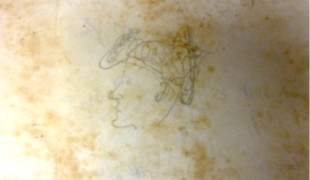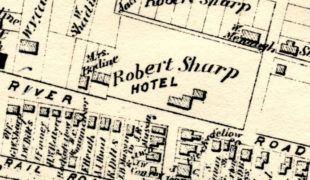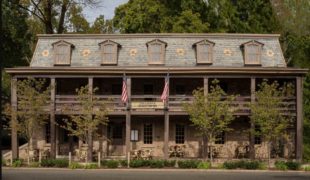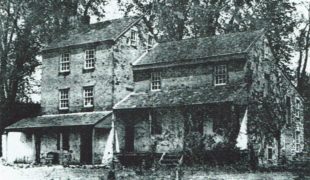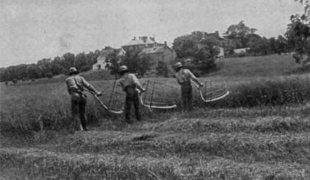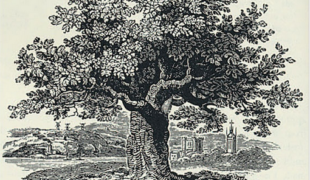Haddon Tract, part one
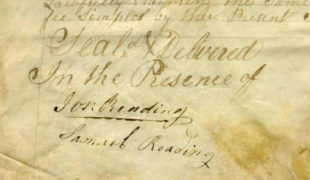
I have recently finished reading a book titled Elizabeth Haddon Estaugh, 1680-1762, Building the Quaker Community of Haddonfield, New Jersey, 1701-1762, by Jeffery M. Dorwart and Elizabeth A. Lyons.
It is an excellent book, and I highly recommend it for anyone interested in the life of one of West New Jersey’s early settlers—a young woman who came to the Province on her own in 1701.
